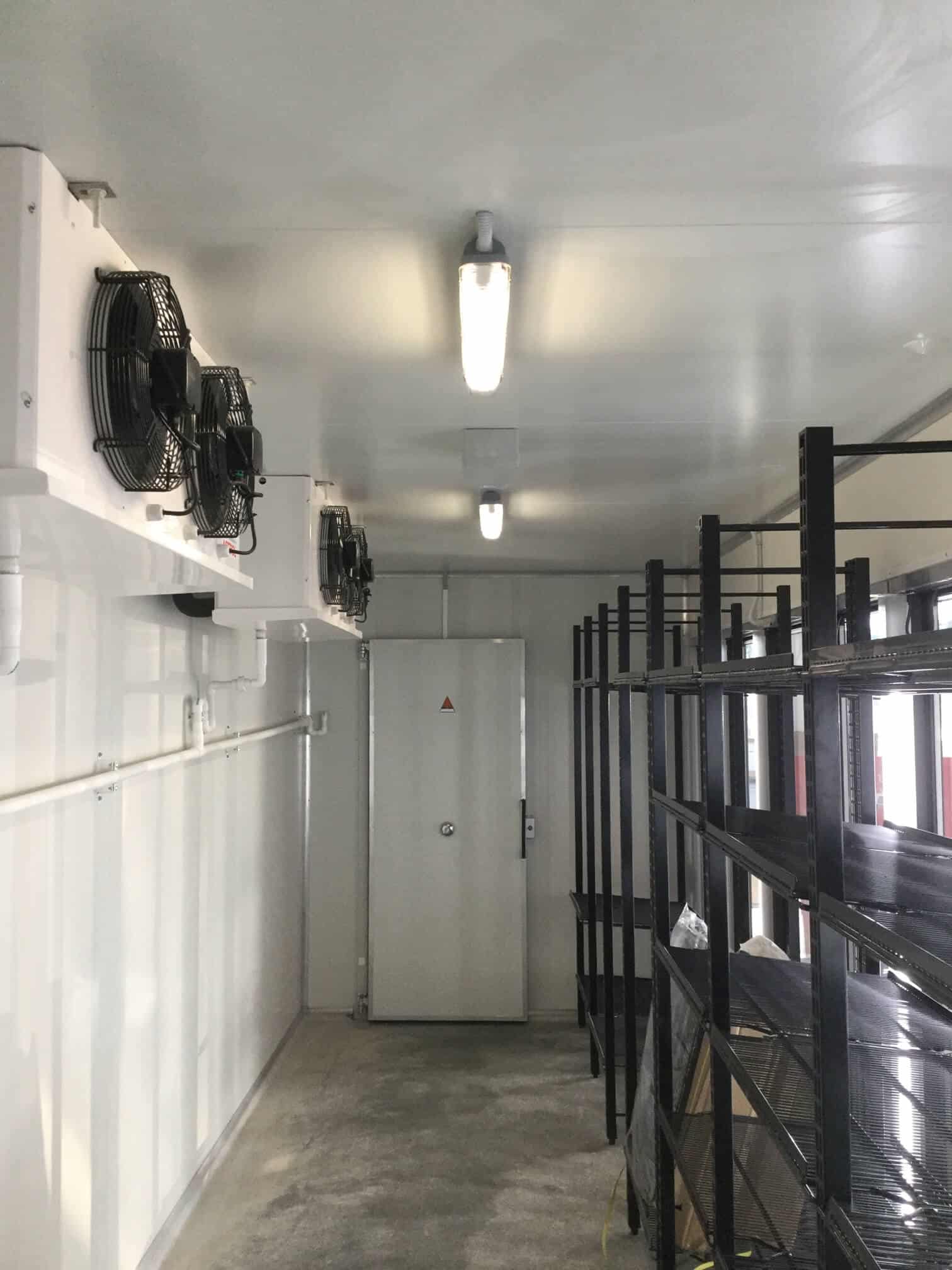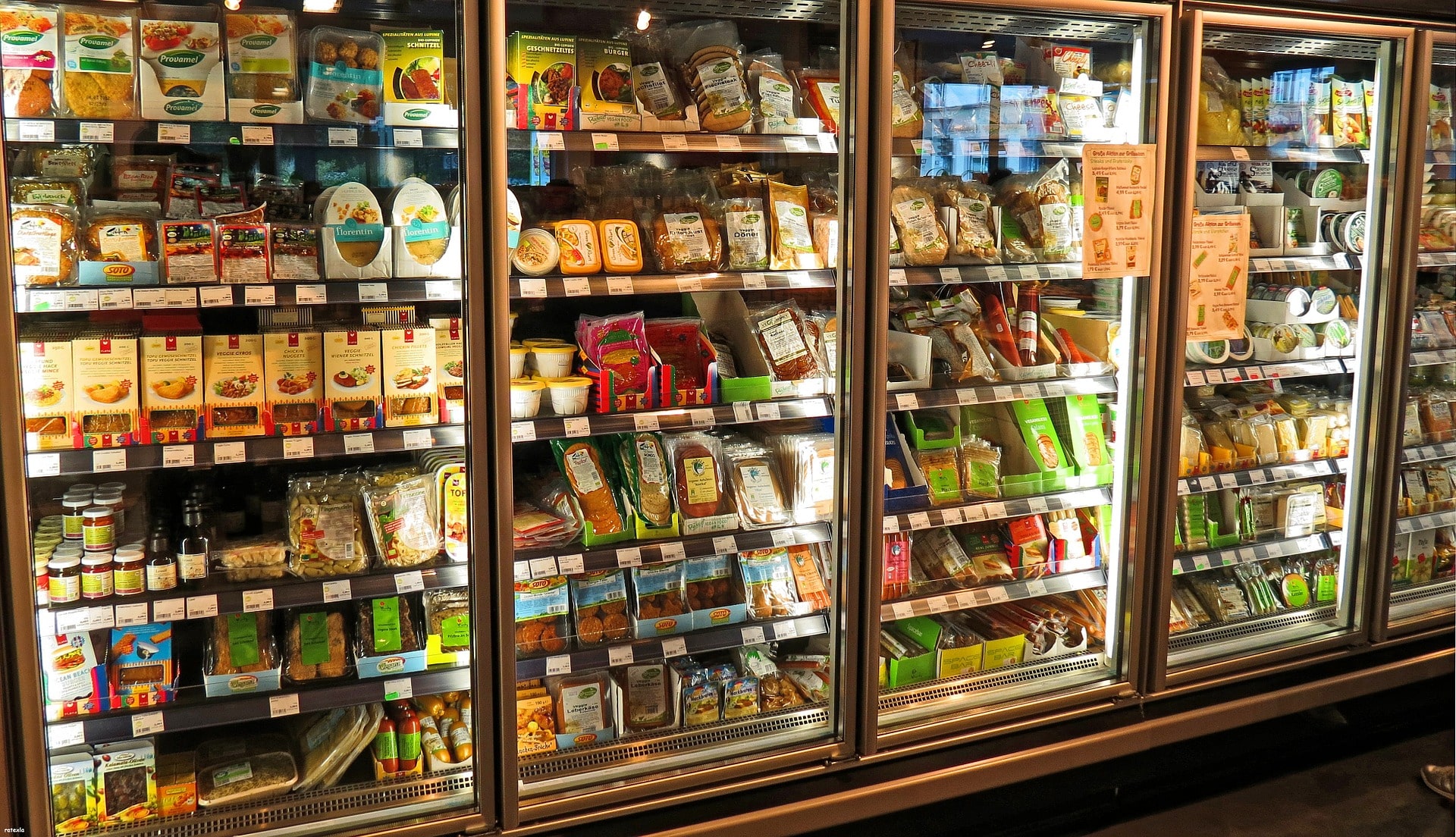What’s the difference between commercial and residential refrigeration units?

Your home refrigerator contains enough food to last you and your family for about a week at any given time. In contrast, commercial restaurant refrigeration must be able to store enough food to feed up to 100 people per day.
One of the most noticeable differences between commercial and residential refrigeration units is their sheer volume and size. The former, on the other hand, has several advantages that assist them in meeting their expectations in a restaurant setting.
At TRCO, we offer some of the best commercial refrigeration & air conditioning services in Perth. We’re a team of individually talented humans and our work comes backed by our guarantee. Get in touch with us today for all your commercial refrigeration needs.
The Layout
Aside from noticeable size differences, commercial and residential refrigeration units have different layouts. For food separation, most residential refrigerators have multiple shelves and compartments. A home refrigerator may include a water or ice maker.
A commercial fridge, on the other hand, is usually utilitarian in design, with only one or two shelves. This is intended to make stacking and storing food more convenient. Furthermore, ice machines and water dispensers are usually separate machines or appliances.

Power Requirements
Commercial refrigerators have more cooling power than a typical home refrigerator. This is undeniably beneficial in a restaurant or similar setting. This is due to the stringent laws and codes that govern how and at what temperature food should be stored.
However, home refrigerators are typically more energy-efficient. That means that in order to cool large quantities of food quickly or to keep large quantities of food at a core temperature, commercial fridges must run at maximum output for extended periods.
This is important, especially in the context of a restaurant where any issues or delays could end up costing the establishment thousands of dollars in lost revenue and food costs.
So bear that in mind if you have a fridge issue and don’t call an unqualified technician. Instead, give a professional who has experience with your particular type of refrigeration repair a call.
Repair and Maintenance Considerations
Not all refrigeration engineers will be able to handle both commercial and domestic fridge issues due to these subtle and not-so-subtle distinctions. Because of this, it’s wise to always make sure that the refrigeration technician you hire is familiar with the kind of refrigeration equipment you have.
Call TRCO: Professional Commercial Refrigeration Services in the Perth, WA Area
Fortunately, TRCO has extensive training and practical experience working with commercial refrigeration units of all sizes. In addition, we have extensive training in refrigeration and cooling installation and repair. For a free, no-obligation quote, why not give us a call at (08) 9334 6980?
Our team offers knowledgeable electrical technicians and quick responses to customers in the Perth, WA region. Your equipment will be back up and running in no time thanks to our quick repairs.
Related Article: 5 Signs You Need to Repair or Replace Your Commercial Refrigeration Unit
Relevant articles
How to Choose the Right Commercial Refrigeration Equipment for Your Business
Commercial refrigeration equipment is essential for maintaining food and drink quality, ensuring food safety, and keeping your business running smoothly…
Understanding the ROI on Commercial Refrigeration Investments in Perth
5 Signs You Need to Repair or Replace Your Commercial Refrigeration Unit
Commercial refrigeration units play a crucial role in maintaining food safety, protecting perishable items, and keeping your business running smoothly…
The Impact of Energy-Efficient Commercial Refrigeration on Your Bottom Line
In today’s competitive business landscape, savvy business owners are always on the lookout for ways to cut costs and boost their bottom line…




